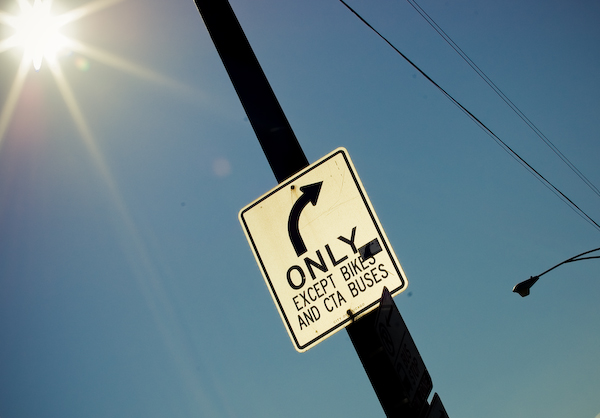The Blur Between Moments
 Monday, February 9, 2009 by
Monday, February 9, 2009 by  stephanie roberts
stephanie roberts 
Like most of you, I often seek out my children as subjects for creative inspiration. Naturally I have a healthy dose of smiling faces, but I'm finding that the images that mean the most to me are those captured in between moments. When they've look away or shifted their focus to a place other than my lens.
I shot this image with my LensBaby Composer. What's cool about this lens is its bend-a-ability. So you grab the end of the lens (its "focus collar") and tilt it any way you like to selectively focus on a specific area of your composition. Here you can see I had it tilted towards the left and focused on my girls' eye, generating a bit of blur and distortion on the right side of the image. The lens comes with a collection of aperture disks to control the sweet spot (focus area). I used the default f/4 for this image and this wider view, making the size of the sweet spot smaller and giving me a larger blur area. Had I used a higher f/stop number (smaller aperture opening), less of the image would have been blurred.
Embracing the blur? Check this one I heart from Karen and this series of luscious blue blurs from Kate. Paige took her LensBaby for a walk here. And Tracey gave it a rest on her table here. Oh, and here's a cool one from Sarah-Ji. Show us your LensBaby Composer creations or any other images that celebrate the blur between moments.




